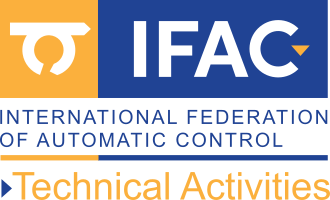Scope
The term 'Intelligent Autonomous Vehicles' refers to self-propelled mobile vehicles and robots capable of performing self-traffic control tasks in unstructured or semi-structured environments without the direct assistance of a human operator. Such facilities can work in land, water or air environments. The development of technology allows us to hope that we will give vehicles the ability to perform complex navigation and manipulation tasks in their immediate surroundings and mutual cooperation (between robots-vehicles), as well as with human-operated systems.
In the current state of the art and interests of our TC, some most popular IAV-related areas are: architectures for intelligent autonomous systems (land, marine, aerial and space); smart sensors, networks and sensor integration for autonomous vehicles and robots; navigation, guidance and control, motion control, controller design, stability analysis; fault detection and diagnosis in intelligent autonomous systems; decision making for autonomous driving in real‐time; planning and mission control; multiple vehicle systems and networks of autonomous vehicles; human vehicle interaction; domestic robots, intelligent medical manipulators, service and rehabilitation robots; and various applications of autonomous intelligent vehicles.
The TC 7.5 Committee provides an excellent opportunity for scientists and practitioners in the field of land, air and marine autonomous systems activity to meet and discuss common theoretical and practical problems, adequately describe scientific and commercial applications, and explore directions for future research.
Common representative keywords for the TC's activities and interests include the following:
- Architectures for autonomous vehicles and teams of IAVs;
- Control, Guidance, and Navigation of autonomous robots (indoors, outdoors, land, air, space, marine);
- Decision support systems, driver support systems, Advanced Driver Assistance Systems;
- Domestic robots, service and rehabilitation robots;
- Fault detection, diagnosis and removal in IAVs;
- Human-vehicle interaction;
- Interconnected vehicles;
- Land and ocean exploration vehicles;
- Localization and map building;
- Modeling and control of vehicles;
- Motion planning;
- Multiple vehicle systems;
- Navigation systems;
- Networked autonomous vehicles;
- Perception including sensing, sensor integration, smart sensors and sensor networks;
- Sensors, sensor integration, sensor networks;
- Task planning;
- Trajectory tracking and path following;
- Vehicle-to-infrastructure communication;

